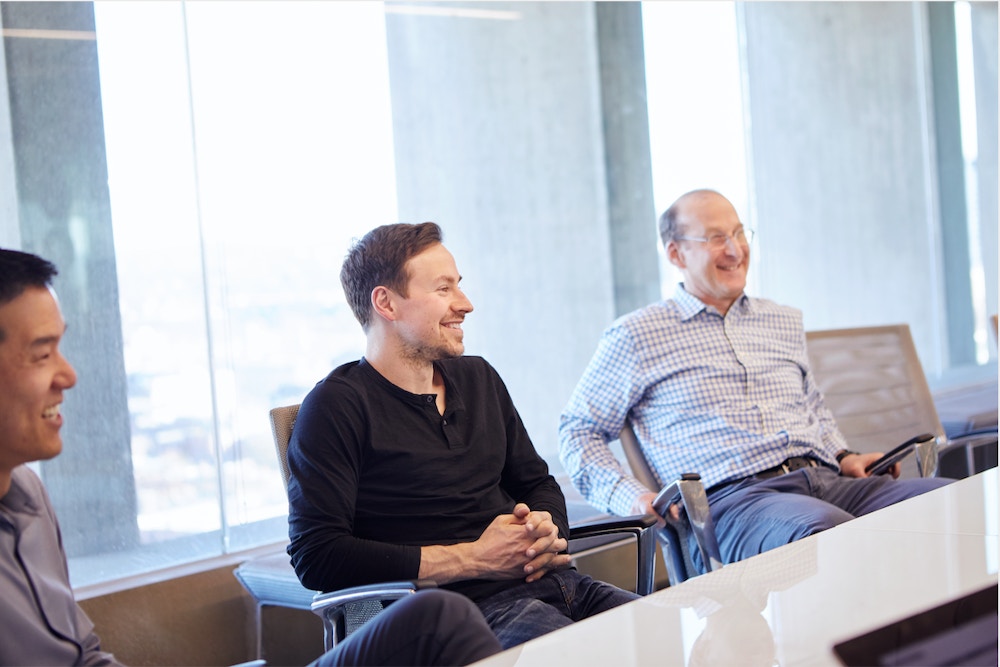Read the full TechCrunch article here (By Connie Loizos)
Interview Highlights:
TC: You get together, and then you settle on creating a retail pets business? Why?
RC: We were doing affiliate marketing and we wanted to own the entire customer experience and were looking for big categories that were underpenetrated. In fact, we thought the jewelry space was ripe for disruption, so we started going to trade shows and building the site and the back end.
We even spent a few hundred thousand dollars on jewelry and we were a few weeks away from launching the company, but I have a poodle, Tylee, who’s now 12 years old, and I would go every couple of weeks to buy products from this store owner who knew me and who I really trusted and who was a pet lover like me. And I had this epiphany; I realized I’m so much more passionate about this category. So we sold the jewelry, luckily getting back most of our money, and started Chewy.
TC: Obviously, you’d heard of the terrible fate of dot.com high-flier Pets.com. Why didn’t that dissuade you?
RC: The world was full of business models back then that didn’t make sense. People weren’t online. They were using dial-up. They weren’t comfortable putting their credit cards online. But over time, so much changed, including that the pets market had moved up into high-margin, higher-retail price points. You could also suddenly ship 30-pound boxes from most of the country overnight, thanks to shipping density.
TC: You were living in Dania Beach, Florida — not exactly a tech hub at the time. Did you think about moving?
RC: I had family here, growing up. I also knew it would be really expensive to build out customer service in a big city. So it ended up working out really well. But you’re right, from a financing standpoint, south Florida is not a popular tech hub. We also had the fact that we were going head-to-head with Amazon, that I have no college education and the demise of Pets.com, and so when we talked with VCs, it was like, ‘We’ll pass.’
TC: Without outside help, how did you get started?
RC: We contacted a local distributor who worked with a [third-party logistics] company that was next to him, and we started buying product the same day. Then we started marketing to cities and states near fulfillment centers, using all direct-response marketing that we were able to optimize on the fly. We’d buy the inventory as we sold it and we were doing almost everything ourselves, so if an order came in and we didn’t have inventory, I’d go buy the product and ship it out from a local Kinkos.
For the first couple of years, it was three guys and a call center.
TC: When did that change?
RC: We hit an inflection point where three [third-party logistics companies] we were working with [were getting overwhelmed]. We’d give them weekly or monthly projections so they could plan ahead and have warehouse space, but they didn’t fully believe our growth and by the end of 2013, we had these 3PLs that couldn’t scale any more, so we had to bring fulfillment in-house.
We didn’t know anything about this, so we hired a bunch of people who were experts in fulfillment and we flew to Mechanicsburg, Pa. to lease a 400,000-square-foot space, and within nine months or so, we became expert at doing fulfillment. It was risky. It was totally outside of our areas of competence. But by August of 2014, after breaking everything first, that center was humming along, and then we launched another in Reno. At that point, we went national.
TC: You say VCs weren’t interested. What happened exactly?
RC: Almost from the beginning we reached out to investors, but I knew nothing about raising capital. I have no network. I come from a middle-class family. I don’t have a rich uncle. We just started cold-calling VCs and I learned the hard way that’s not how it works. I got turned down basically every single time, until Larry [Cheng of Volition Capital] invested, and it was not a competitive process.
TC: What convinced Larry to write you that first check?
RC: We’d reached out to Volition six to nine months earlier and spoke to an associate who took down our information, and they followed up with us in late 2012. We’d given them our projections and we were crushing our numbers. Larry was going to Disneyland anyway with his family, so he decided to make a pit stop to meet with us. I remember he was like, ‘Who is going to take this company to $100 million in sales?’ and I was like, ‘Me! Who do you think?’
I looked very young at the time so I think I was easy to underestimate. I’ve been slightly aged now from Chewy. But he gave us that needed credibility. Then Greenspring Associates — they’re investors in Volition — came in to lead our Series B.
